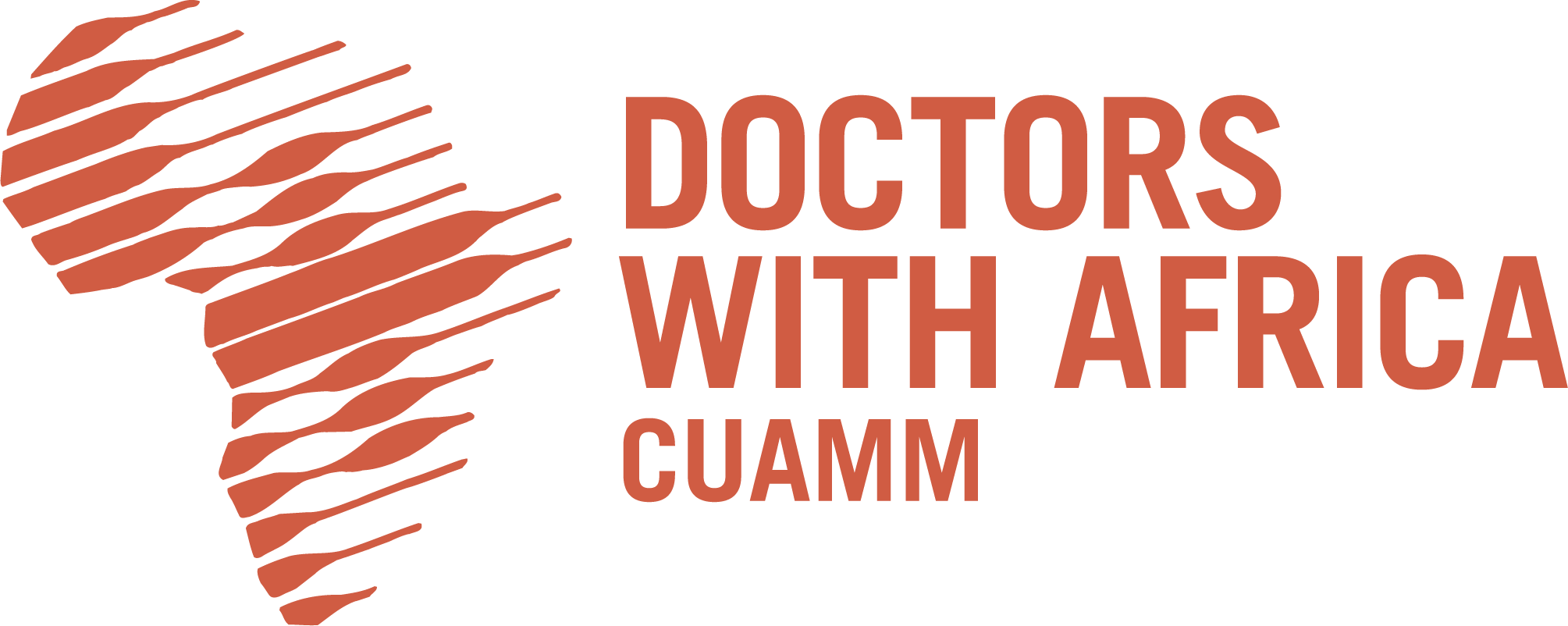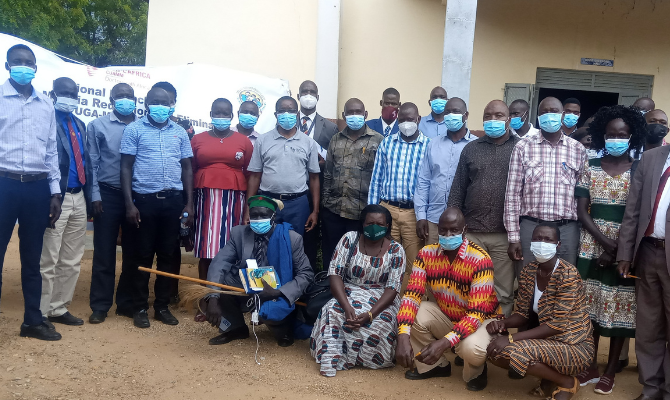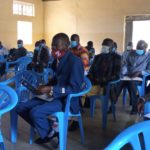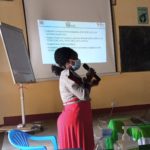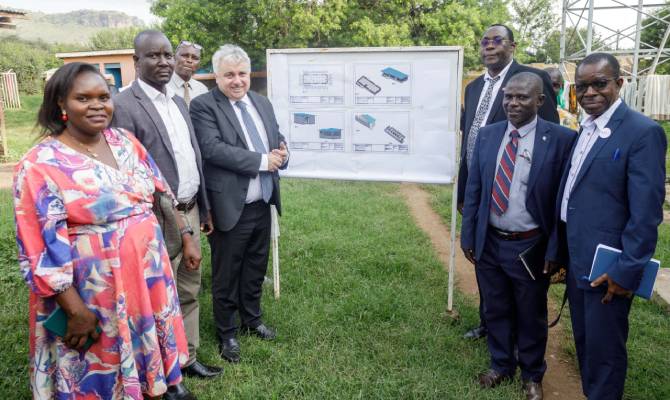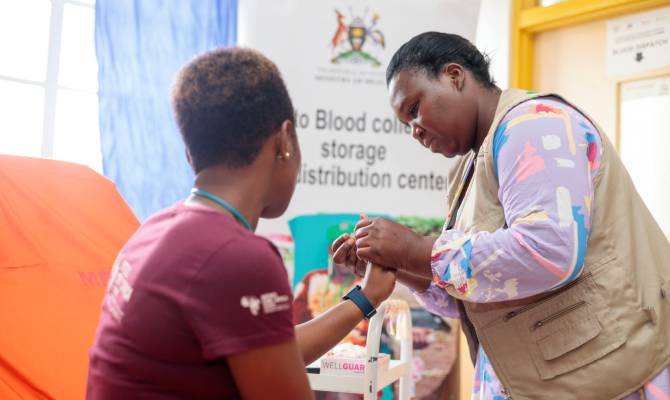11 districts in northern and north-eastern Uganda, with a total population of 1,655,200 people, are involved in a new regional malaria project, launched by Doctors with Africa CUAMM on Thursday 30 September in the Kotido district of Karamoja region. The project, in line with the national malaria strategic plan, aims to help reduce malaria morbidity by 50% and mortality by 75% by 2023. An ambitious target, with a special focus on pregnant women and children under 5 years of age.
“CUAMM will work with 182 health facilities, 8,008 community health workers (Village Health Teams), and with a special focus on 292,971 children under 5 years of age and 82,760 pregnant women,” explains Peter Lochoro, Cuamm Country Manager in Uganda.
The intervention is financed by the Global Fund for TB, AIDS and Malaria through Taso Uganda, the second largest recipient of Global Fund grants in the country. Representatives from the Ministry of Health, district government leaders, district health officers and malaria technical officers participated to the event.
“Karamoja has the worst malaria prevalence rate in the country, with 34% of children under 5 years old testing positive. In addition, there is little knowledge of health issues and therefore little awareness and dissemination of preventive behaviour,” says Lucy Apio Chegem, CUAMM’s project manager. “Although 58% of families have anti-mosquito nets, only 28% use nets treated with insecticide”.
Malaria is a “double misfortune” for poor families not only because it causes illness and death, but also because it affects family income and food security. Most of the region’s population is scattered over a large geographical area, with poorly developed public transport, which also affects access to and use of services.
The project therefore fits into and complements CUAMM’s wider intervention to strengthen the health system in the region. Another step, with the support and collaboration of the Ministry and local health institutions, to improve the health and quality of life of the communities in Karamoja and northern Uganda.
